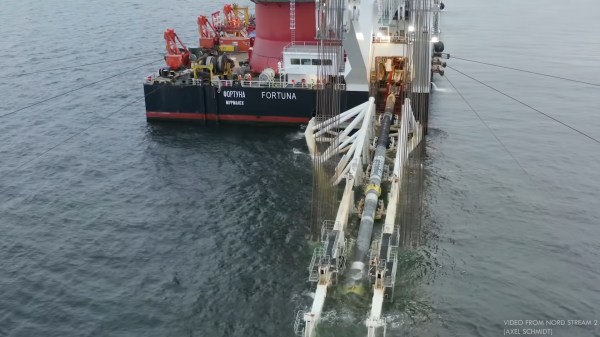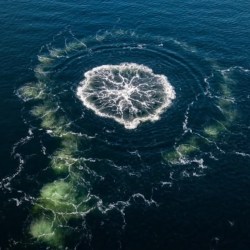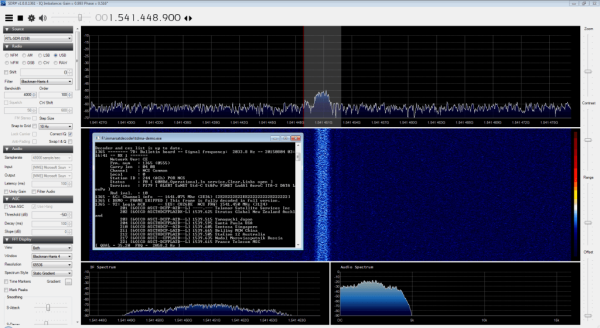Renewables let you have a more diverse set of energy inputs so you aren’t putting all your generation eggs in one basket. One type of renewable that doesn’t see a lot of love, despite 80% of the world’s population living within 100 km (~60 mi) of a coastline, is harnessing the energy of the tides. [via Electrek]
“The U.S. Department of Energy’s National Renewable Energy Laboratory estimates that wave energy has the potential to generate over 1,400 terawatt-hours per year,” so while this initial project won’t be huge, the overall possible power generation from tidal power is nothing to sneeze at. Known more for its role in shipping fossil fuels, the Port of Los Angeles will host the new wave power pilot being built by Eco Wave Power and Shell. Eco Wave’s system uses floaters to drive pistons that compress hydraulic fluid and turn a generator before the decompressed fluid is returned to the pistons in a nice, tidy loop.
Eco Wave plans to finish construction by early 2025 and already has the power conversion unit onsite at the Port of Los Angeles. While the press release is mum on the planned install capacity, Eco Wave claims they will soon have 404.7 MW of installed capacity through several different pilot projects around the world.
We covered another Swedish company trying to harness tidal power with underwater kites, and if wave power isn’t your thing but you still like mixing water and electricity, why not try offshore wind or a floating solar farm? Just make sure to keep the noise down!


















